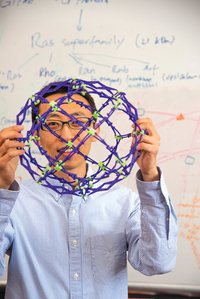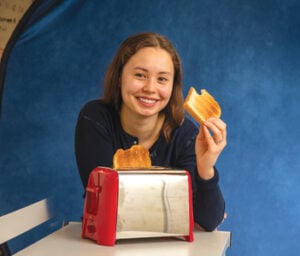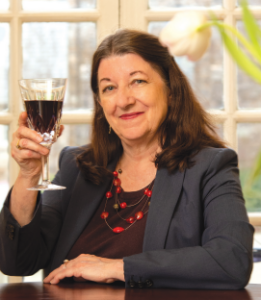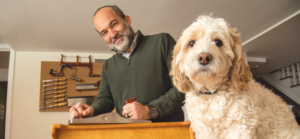When it comes to everyday objects, engineers often have an uncommon fascination with the way things are designed and the reasons behind their utility. To get a glimpse into this unique way of thinking, we polled a variety of Johns Hopkins engineers and asked them to share their insights on a favorite object of their choosing. Their answers may surprise you.
Share your favorite objects with us, too! Tag our social media accounts or use #JHUMyObject to submit your response and be featured on our Instagram stories.
Hoberman Sphere

It’s not the best-engineered object, but it’s quite useful in my teaching and research. A Hoberman sphere is a transformable structure invented by Chuck Hoberman. It’s better known as a children’s toy nowadays. I first saw a Hoberman sphere in Chuck’s exhibition of his transformable architectural designs in Boston. Its transformation immediately reminded me of the swelling and dehydration of hydrogels, which are important biomaterials used in tissue engineering. Now I use a Hoberman sphere toy to teach the concept of hydrogel in my classes. Oh, and my version glows in the dark.
Battery

The humble battery plays a major role in my everyday life—from powering my alarm clock, which signals the start of my day, to powering my electric car to transport me to work. The first battery was made in 1800 by Alessandro Volta (the voltaic pile). Although improvements (rechargeable, longer life) have been made over time, they are still based on the simple concept of the conversion of chemical reactions to an
electrical current. Hopefully, further improvements in battery life will make it possible to completely replace fossil-fueled cars, reducing greenhouse emissions, and saving the planet.
Toaster

The toaster is my favorite appliance in my apartment. As a mechanical engineer who focuses on thermofluids, I like it because it is a really simple example of how heat transfer is integrated into things we use every day. I also think there is something to be said about technologies that are so ubiquitous. It demonstrates that they fill a need with an elegant solution. It also doesn’t hurt that I love toast.
Wine

As I imbibe a nice glass of wine on a summer’s evening, I sometimes consider that this liquid is the product of fermentation and distillation and a tightly controlled separation processes to ensure safety and a reproducible product—all key components of a good chemical engineering background. By the way, winemaking involves a lot of water and energy use, which is something that wine companies are taking seriously for conservation purposes.
Notepad
The best-engineered object I use in my daily life is small, portable, and cheap. It is a “thinking-aiding” device. There’s always room in my backpack for it, and it is extremely lightweight. The battery almost never runs out, and I can use it for months on end. In a matter of just a few seconds, it enables me to download some vague ideas I have in my mind, and through some not-yet-fully-understood process, it spits back these ideas at me in a better and clearer manner. Most people call this object a small paper notepad.

Workbench
I’m only an amateur woodworker, but I’d always been told the most important tool in a woodworker’s kit is their workbench, so a few years ago, I built mine, using mostly hand tools, over a period of one month. Since then, I’ve used it to remodel and improve the two homes it’s been in. I’ve built furniture and even wandered into motorcycle and car maintenance. My workbench is definitely the most important tool in my kit. Having built it myself only makes it that much more rewarding to use.

Page-A-Day Calendar

My object is the page-a-day-calendar. I ask for
these calendars every holiday from my family, usually featuring places around the world. It serves several functions: As a reminder of a location we’ve visited (or maybe should visit
in the future), as a bookmark, and as a place (on the back) for a daily to-do list or a diagram or concept that we need to discuss during a meeting. If it’s a complex situation, we may need a few of these sheets to build a story board to describe the situation.




